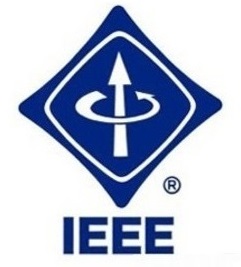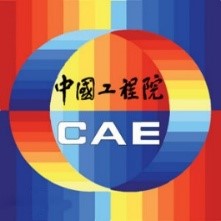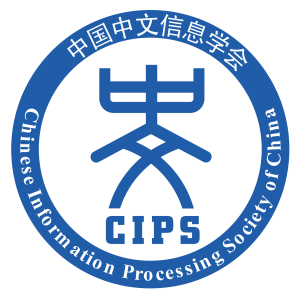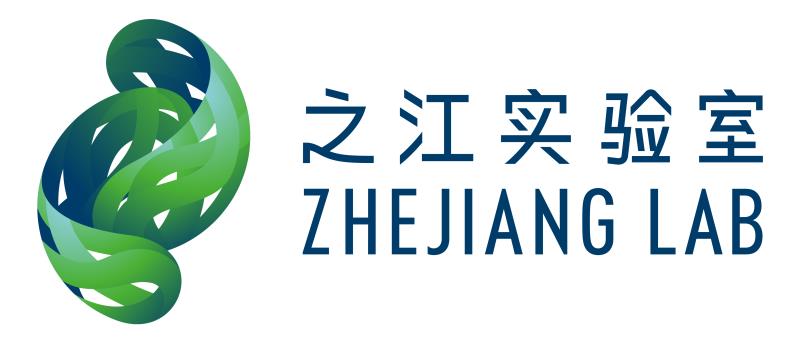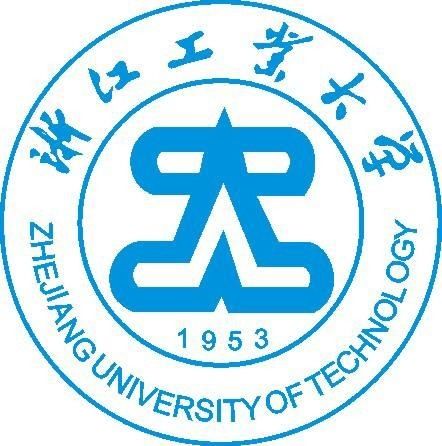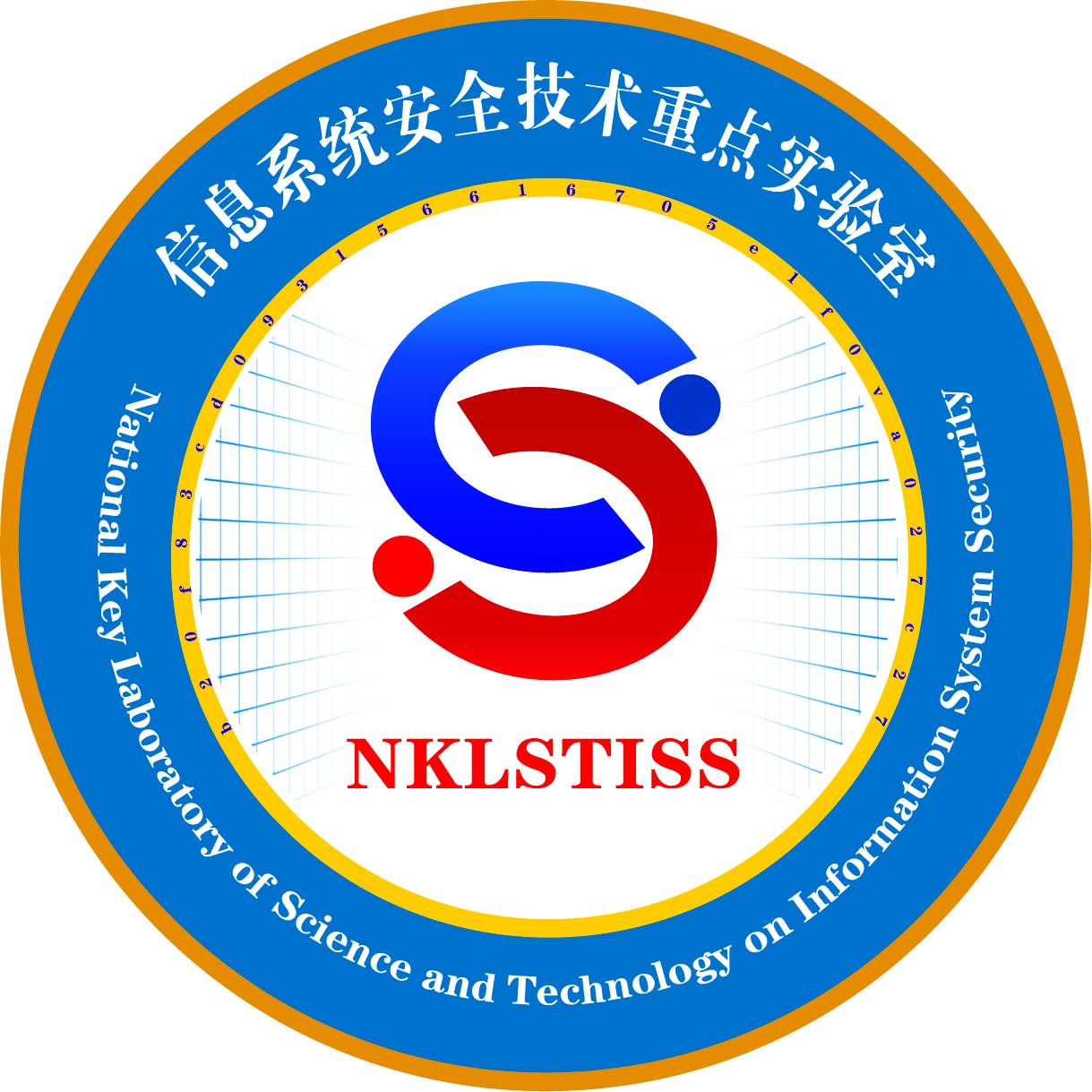Scope
With advances in technology, in social media big data, users usually participate in different social media platforms. Merging data from different sources is a more accurate and effective way to mine and analyses behavior of user and group. Moreover, users in a single data source are usually interconnected with each other to form a relational network. Multiple data sources depict user behavior from different aspects, thus forming a multi-view, multi-source, multi-model network and otherwise. For example, the same users can appear in many social media platforms. Linkedin profiles user’s career information, Twitter and Sina Weibo provide user’s living information, and StackOverfolw provides user’s professional information. Most real-world applications can be modeled with multi-layer network, hypergraph and so on which include different networks based on different source. The multi-source network analysis is an accuracy and effective way to comprehensively analyses social network. Meanwhile, multi-source information network fusion and analysis face some challenges, such as how to merge different networks into a unified network without loss of information, how to identify the same object from different networks, and how to align different networks.
The emphasis of this workshop shall be analysis approaches and applications based on multi-source, multi-view and multi-model network. This workshop shall help to bring together people from these different areas and present an opportunity for researchers and practitioners to share new techniques for multi-source network fusion and analysis. Contributions that push the state of the art in all facets of multi-source network are encouraged and welcomed.WORKSHOP AREAS
Topics of interest include but not limited to:
1. The Construction of Network from different types of data (e.g. Text and Video)
2. Network Alignment
3. Multi-source network analysis (e.g., Role detection, Node influence and Evolution of network)
4. Cross-Network Information diffusion
5. The Application of Graph Neural Networks in Multi-source networks
6. Multi-source network Embedding
7. The Community detection for Multi-source network
8. The Link Prediction for Multi-source network
9. Data mining based on Heterogeneous Information Network
10. Parallel computing for Multi-source network
11. Multi-source network analysis based applications for profiling, social network analysis and multimedia
12. Semantic mining on Multi-source network
PAPER SUBMISSION
All submissions should be in English. All submissions must be prepared in the IEEE camera-ready format and submitted through the system same as IEEE DSC2019. Only submissions in PDF format are accepted. Research paper submissions are limited to 10 pages. A paper submitted to MSNFA 2019 cannot be under review for any other conference or journal during the entire period that it is considered for MSNFA 2019, and must be substantially different from any previously published work. Submissions are reviewed in a single-blind manner. Please note that all submissions must strictly adhere to the IEEE templates as provided in http://www.ieee-dsc.org/2019/CallForPapers.html.
Submit paper: https://cmt3.research.microsoft.com/MSNFA2019IMPORTANT DATES
Acceptance notification:
Camera-ready copy:
Conference Date: June 23-25, 2019
ORGANIZATION
GENERAL CO-CHAIRS
Chuan Shi, Beijing University of Posts and Telecommunications, China
Xiaoli Li, Institute for Infocomm Research , A*STAR, Singapore
Program Committee
Fuzheng Zhuang, Institute of Computing Technology, Chinese Academy of Sciences, China
Xi Zhang, Beijing University of Posts and Telecommunications, China
Hongxin Hu, Clemson University, USA
Shenghua Liu, Institute of Computing Technology, Chinese Academy of Sciences, China
Zhaohui Peng, Shandong University, China
Ning Yang, Sichuan University, China
Senzhang Wang, Beihang University, China
Xin Li, Beijing Institute of Technology, China
